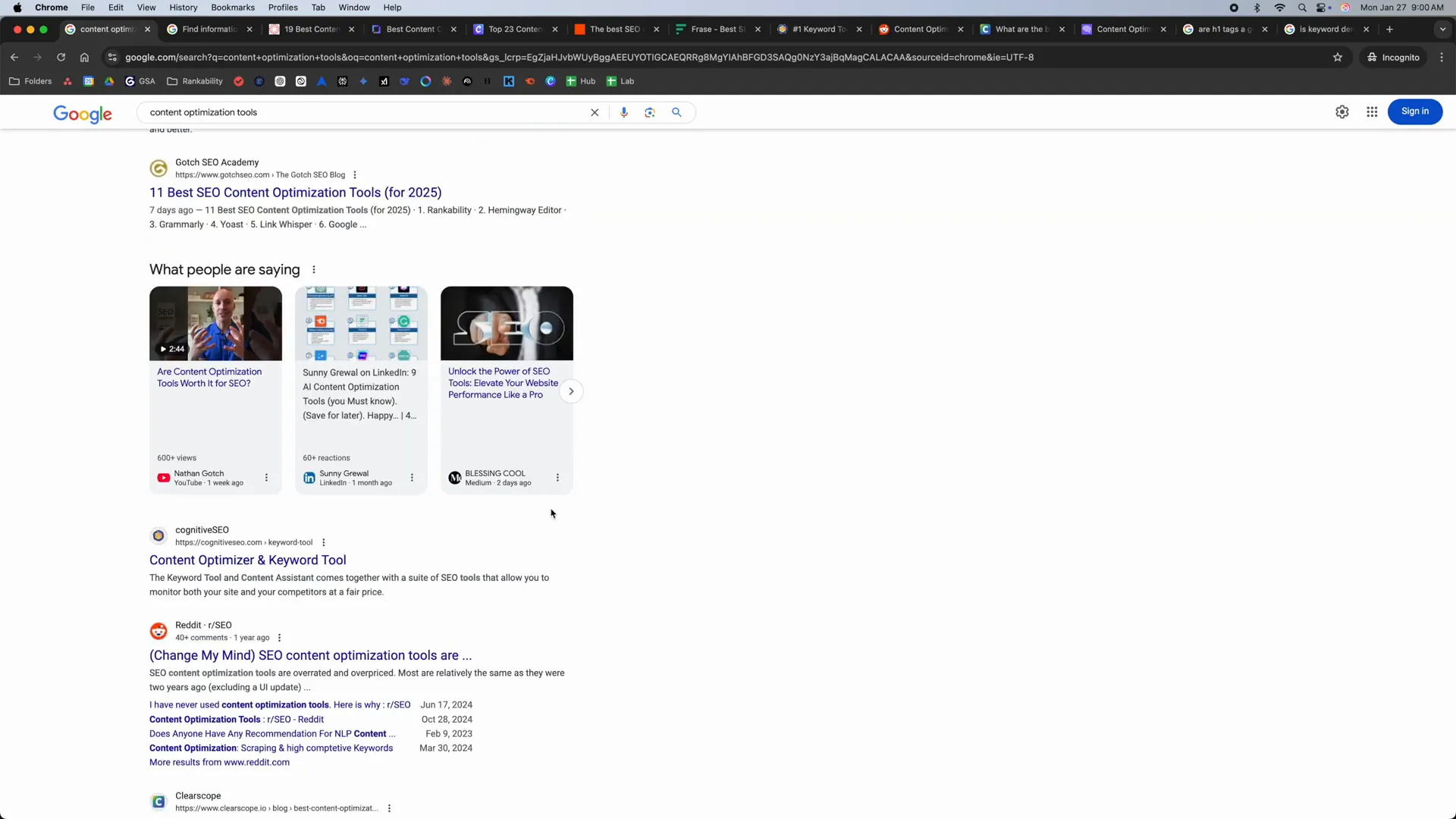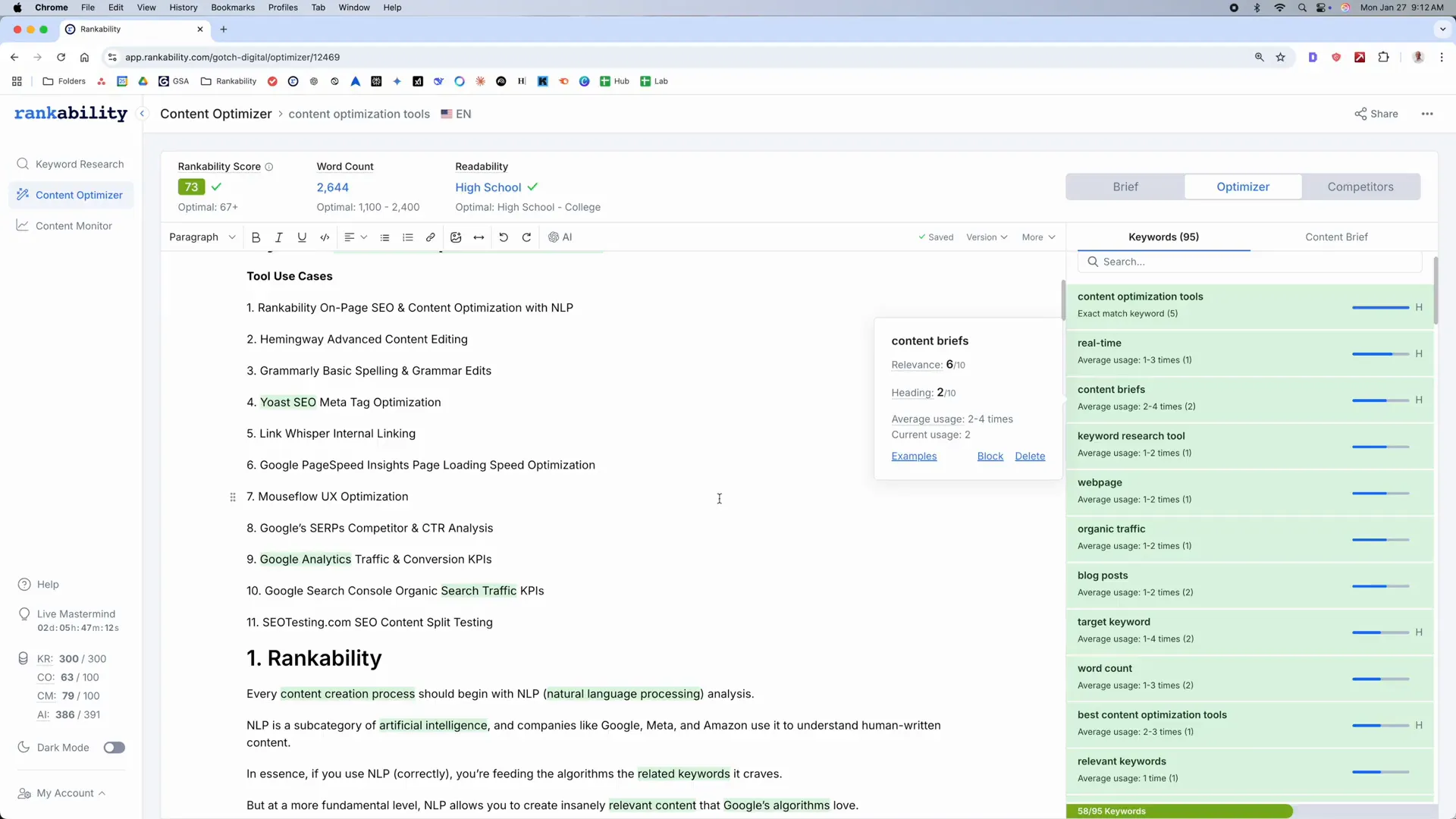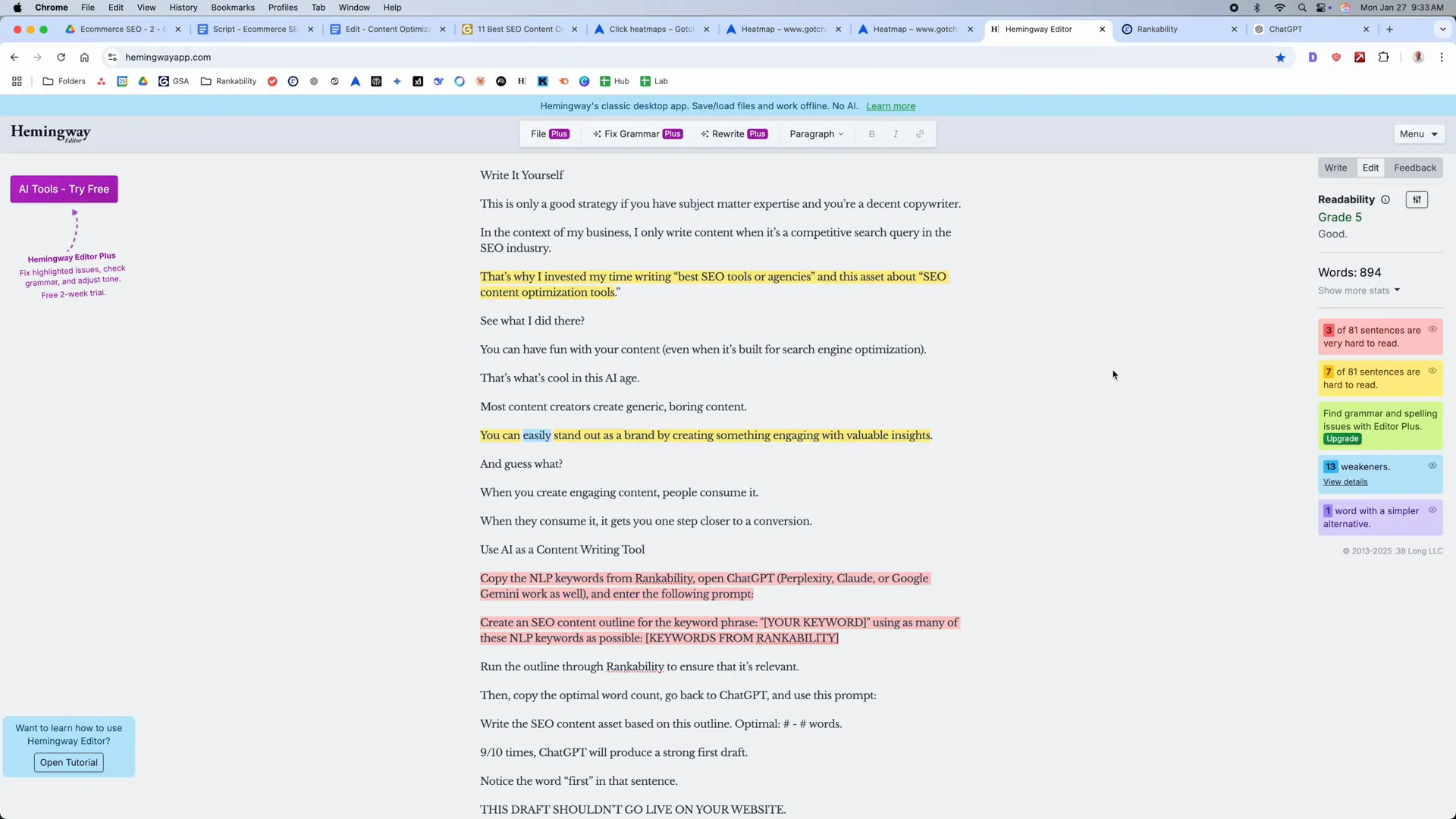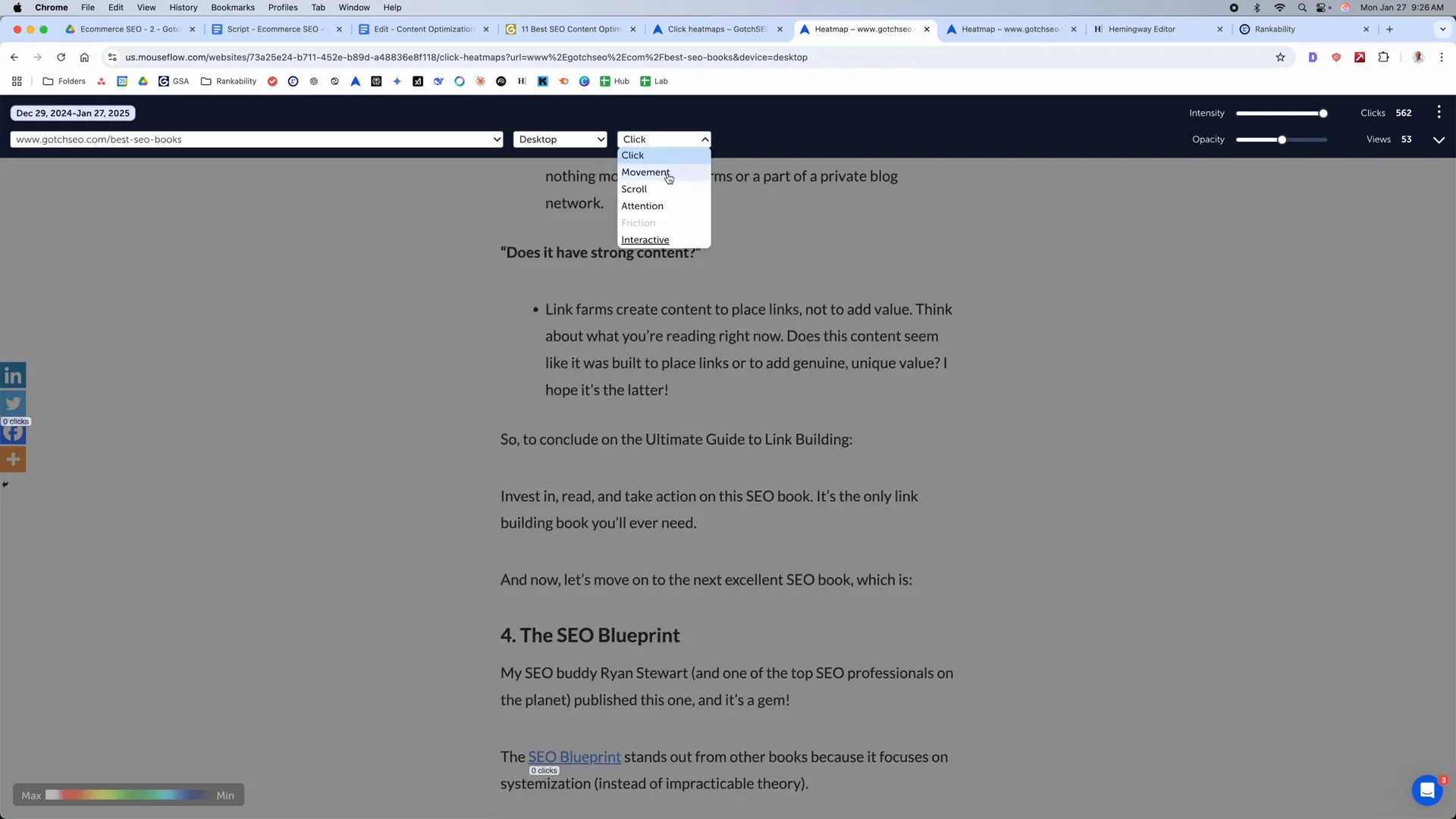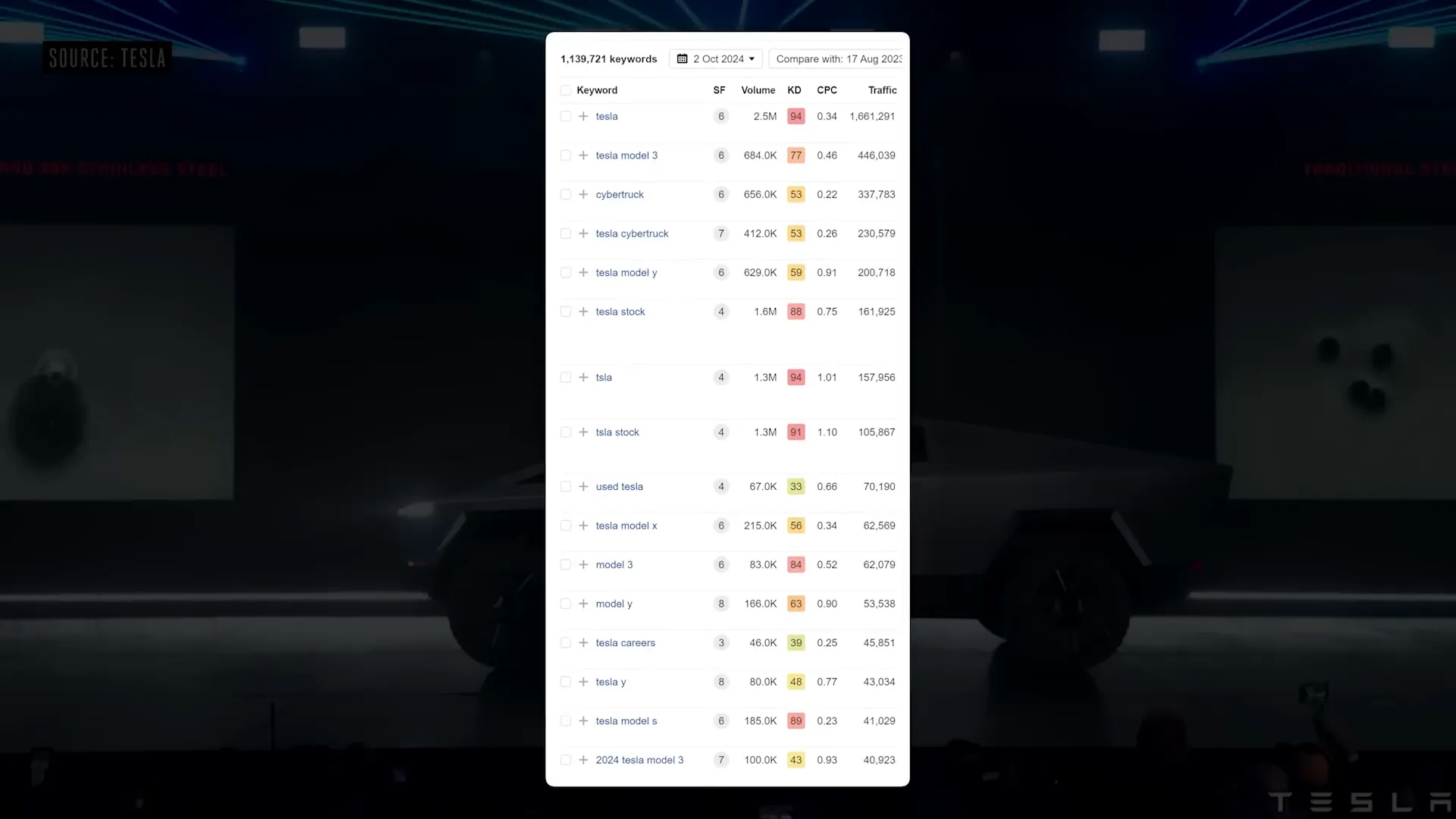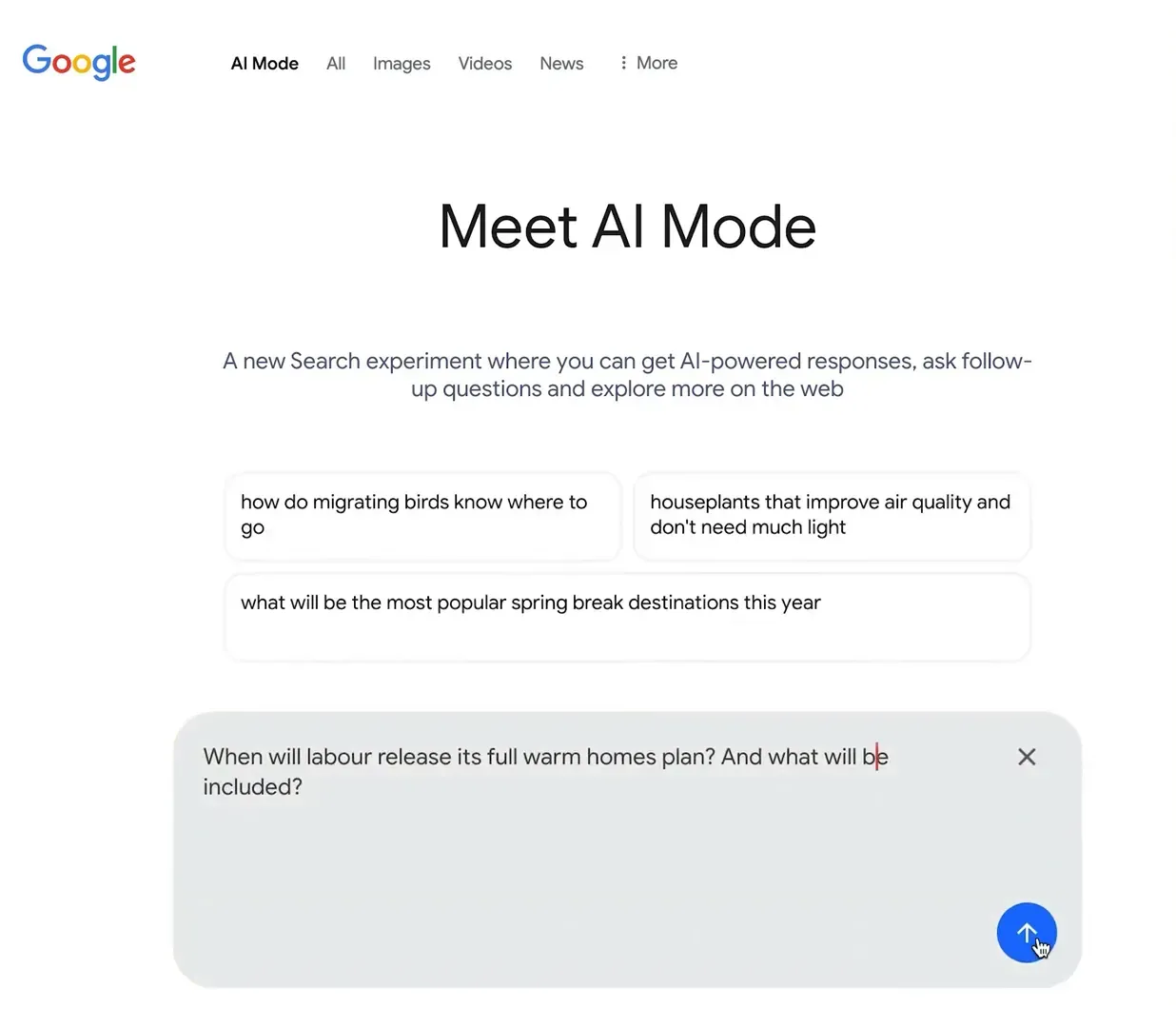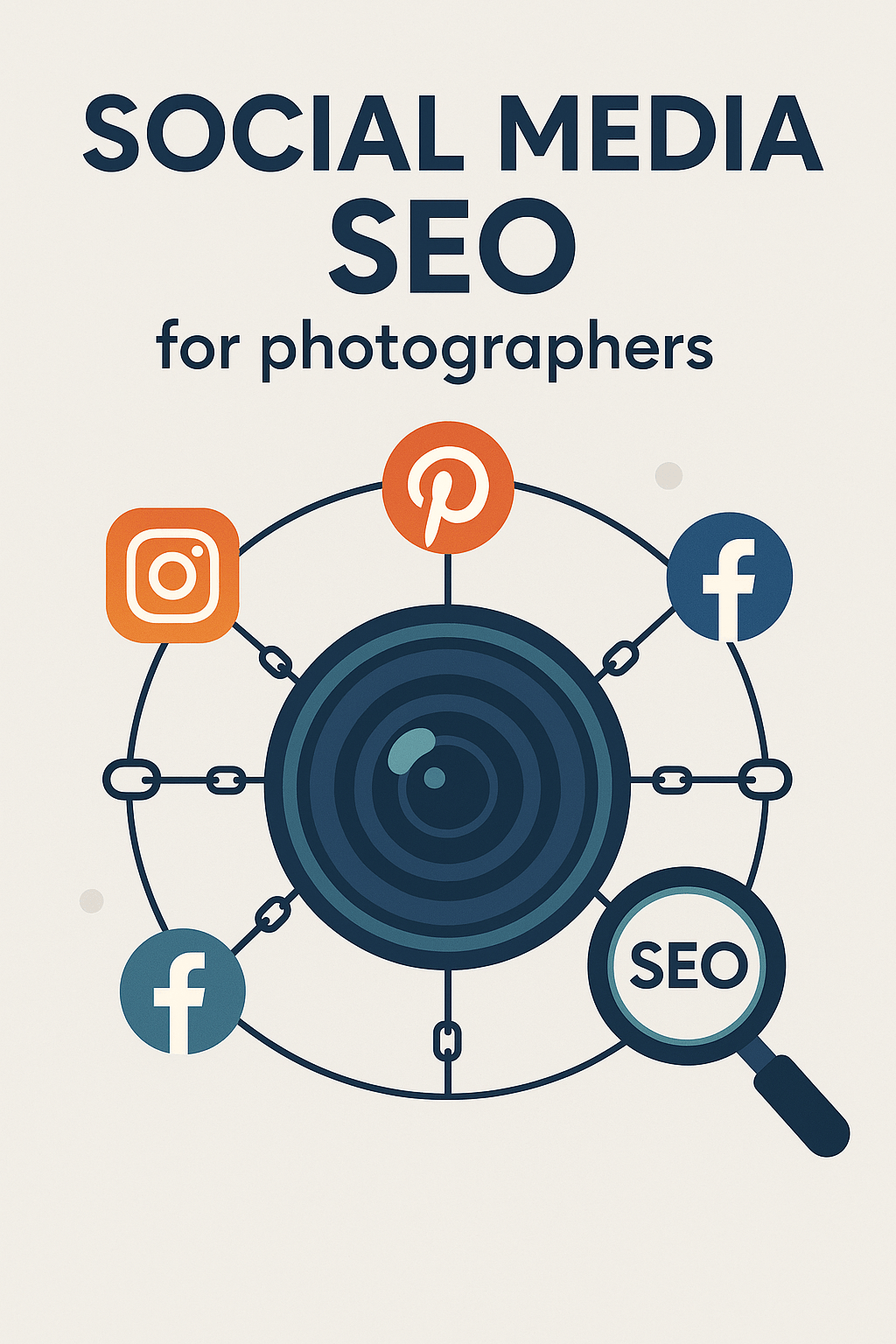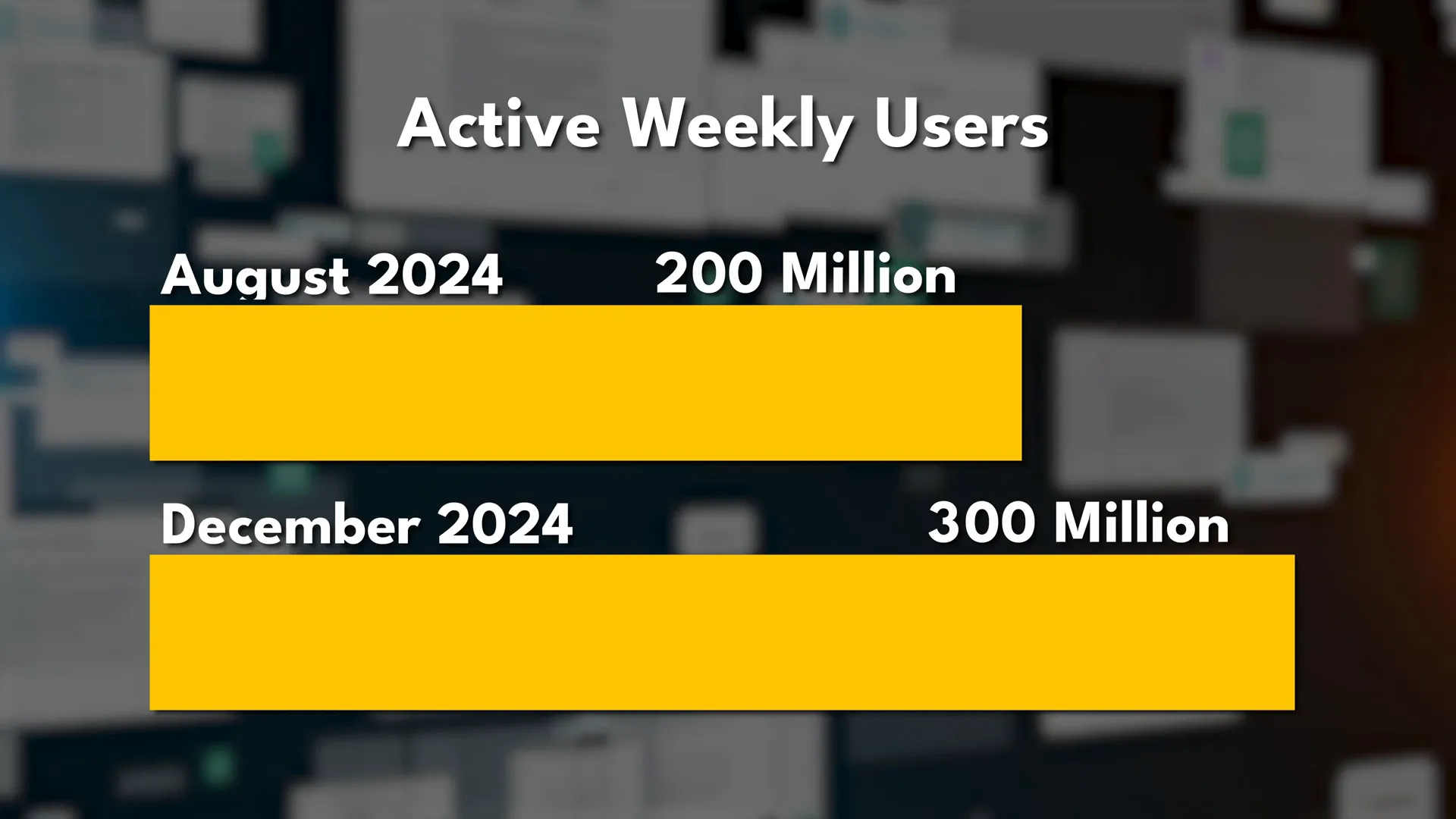Ever felt like you’re playing tic-tac-toe while your competitors are playing chess? That’s the power of leveraging the right SEO content optimization tools. We’ve been using these tools to achieve a phenomenal 96% ranking improvement rate on Google, even through countless updates. Here’s how you can do the same.
Table of Contents
- 1. Google: The Ultimate SEO Tool
- 2. Rankability: Filling Content Gaps
- 3. Hemingway: Simplifying Your Message
- 4. Mouseflow: Understanding User Interaction
- FAQ
1. Google: The Ultimate SEO Tool
When it comes to SEO, Google itself is the ultimate tool. Start by analyzing search results to understand what’s ranking and why. Often, you’ll notice AI overviews pulling from top-ranking sites, typically within positions 1 to 25. This signals that to appear in these overviews, you need to rank well on Google for your target keywords.
Google pulls content from various sources, including YouTube, LinkedIn, and Medium. To dominate, consider creating dedicated content across these platforms. This multi-channel approach increases your visibility and captures diverse search features.
2. Rankability: Filling Content Gaps
Rankability is our go-to tool for identifying content gaps. As market dynamics shift with new competitors, it’s crucial to revisit and optimize your content every 3 to 6 months. Use Rankability to sort by unused topics and integrate new, relevant content to maintain your competitive edge. Need more actionable tips? Check out our 5 Actionable SEO Techniques.
3. Hemingway: Simplifying Your Message
Hemingway helps streamline your content by making it concise and easy to read, which is crucial for user engagement. Run your drafts through Hemingway, and refine them further using AI tools like ChatGPT to enhance clarity and brevity. Remember, the goal is to create content that users read, share, and convert from.
4. Mouseflow: Understanding User Interaction
Mouseflow allows you to track user interactions on your content. By analyzing click and scroll behavior, you can identify sections with high engagement and areas where users drop off. This data is invaluable for optimizing user experience and ultimately, your SEO performance.
FAQ
- How do these tools improve SEO?
They help analyze search trends, optimize content for relevant keywords, and improve user engagement metrics. - Are these tools suitable for small businesses?
Yes, many of these tools offer scalable solutions that can fit different business sizes and needs. - How often should I update my content using these tools?
We recommend revisiting and updating your content every 3 to 6 months to stay competitive. - Can beginners use these tools effectively?
Absolutely! Most tools are user-friendly and come with tutorials or guides to help you get started.
By incorporating these tools into your SEO strategy, you’ll not only keep up but potentially outpace your competitors. For more on boosting your online presence, visit Digital Reach.
